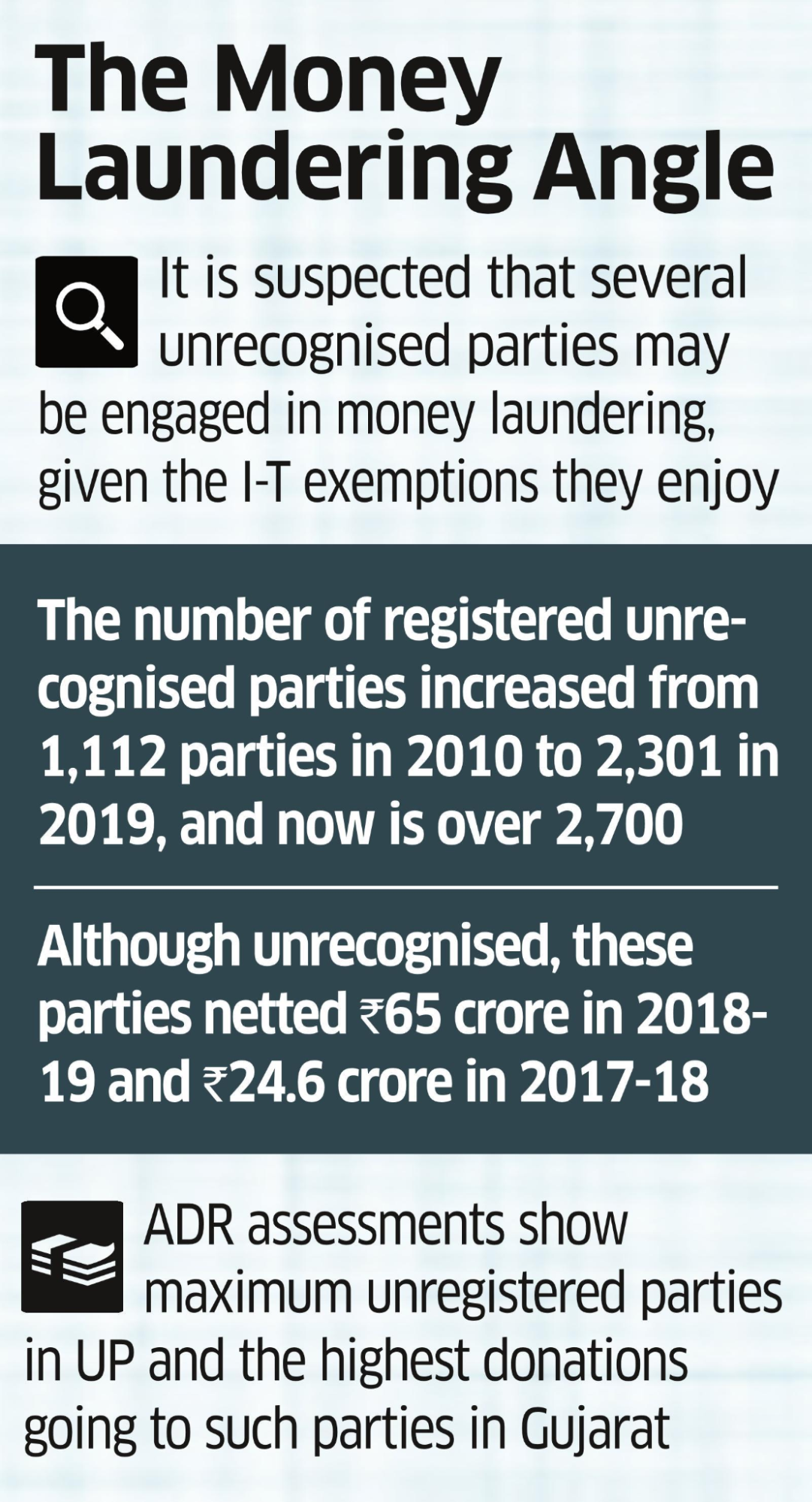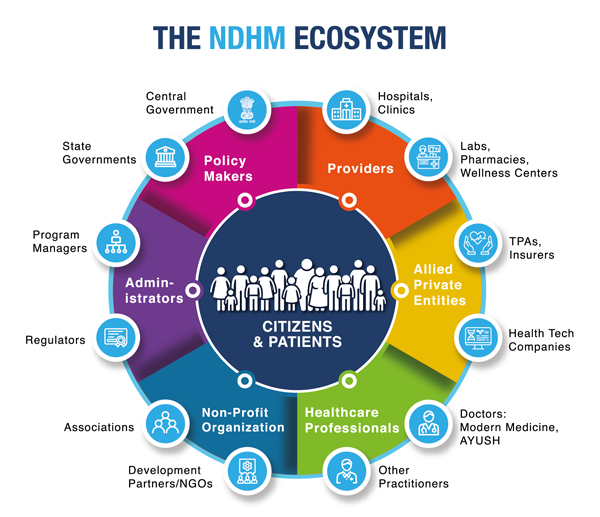Government Aid Not a Fundamental Right: SC
ecently, the Supreme Court (SC) ruled that government aid to an institution is a matter of policy and it is not a fundamental right.
- Article 30 of the Constitution of India (dealing with rights of minorities to establish and administer educational institutions) is subject to its own restrictions being reasonable.
Key Points
- Aid not a Fundamental Right:
- The right of an institution, whether run by a majority or minority community, to get government aid is not a fundamental right. Both have to equally follow the rules and conditions of the aid.
- Reason:
- Government aid is a policy decision. It depends on various factors including the interests of the institution itself and the ability of the government to understand the exercise.
- Financial constraints and deficiencies are the factors which are considered relevant in taking any decision while giving aid, including both the decision to grant aid and the manner of disbursement of an aid.
- Withdrawal of Aid:
- If the government made a policy call to withdraw aid, an institution cannot question the decision as a matter of right.
- If an institution does not want to accept and comply with the conditions accompanying such aid, it is well open to it to decline the grant and move in its own way. On the contrary, an institution can never be allowed to say that the grant of aid should be on its own terms.
Article 30
- Article 30 (1): All minorities, whether based on religion or language, shall have the right to establish and administer educational institutions of their choice.
- Article 30(1A) deals with the fixation of the amount for acquisition of property of any educational institution established by minority groups.
- Article 30(2) states that the government should not discriminate against any educational institution on the ground that it is under the management of a minority, whether based on religion or language, while giving aid.
EC Seeks Deregistration of Inactive Political Parties
Recently, the Election Commission of India (ECI) has notified the updated list of registered political parties, seeking deregistration of parties which do not contest elections, also it raised concerns over misuse of income tax exemption law.

Key Points
- About:
- There are over two thousands registered unrecognised parties, and the EC has sought the power to deregister (Cancel registration) inactive parties over fears of such entities misusing income tax exemption law.
- ECI also pushes for a wide range of electoral reforms to usher in digitisation, removing duplication of voters and enabling remote voting for Non-Resident Indians (NRIs), even migrant workers within the country.
- Power of Deregistration:
- The ECI is not empowered to de-register parties on the grounds of violating the Constitution or breaching the undertaking given to it at the time of registration.
- ECI has the power to register parties under the Representation of the People Act,(RPA) 1951, but it does not have the power to deregister parties that are inactive.
- A party can only be de-registered if its registration was obtained by fraud; if it is declared illegal by the Central Government; or if a party amends its internal Constitution and notifies the ECI that it can no longer abide by the Indian Constitution.
- Related Concern:
- It is suspected that several unrecognised parties may be engaged in money laundering, given the income tax exemptions they enjoy.
- The Association of Democratic reforms, a watchdog NGO on electoral issues, has reported that the number of registered unrecognised political parties has increased twofold in the last 10 years.
- Section 13A of the Income Tax Act, 1961 has given 100% exemption to political parties on its income from house property, income from other sources, capital gains and voluntary contributions received from any person however, subject to certain conditions.
- It is suspected that several unrecognised parties may be engaged in money laundering, given the income tax exemptions they enjoy.
- Other Challenges for ECI:
- Undefined Scope of Powers:
- There exists a considerable amount of confusion about the extent and nature of the powers which are available to the ECI in enforcing the Model Code of Conduct (MCC) and other decisions related to elections.
- The code does not say what the ECI can do; it contains only guidelines for the candidates, political parties, and the governments.
- No Legal Backing of MCC:
- MCC is framed on the basis of a consensus among political parties, it has not been given any legal backing.
- However, it does not have statutory value, and it is enforced only by the moral and constitutional authority of the EC.
- Transfer of Officials:
- One of the major concerns is the abrupt transfer of senior officials working under State governments by an order of the commission.
- The transfer of officials is governed by rules made under Article 309 of the Constitution which cannot be bypassed by the ECI under the purported exercise of the power conferred by Article 324.
- Conflict With the Law:
- According to the MCC, Ministers cannot announce any financial grants in any form, make any promise of construction of roads, provision of drinking water facilities, etc or make any ad hoc appointments in the government.
- However, section 123 (2)(b) of the RPA, 1951 says that the declaration of a public policy or the exercise of a legal right will not be regarded as interfering with the free exercise of the electoral right.
- Lack of Enforceability:
- The EC does not have the power to disqualify candidates who commit electoral malpractices. At best, it may direct the registration of a case.
- In the 2019 general election, ECI admitted to the Supreme Court that it was “toothless”, and did not have enough powers to deal with inflammatory or divisive speeches in the election campaign.
- The EC does not have the power to disqualify candidates who commit electoral malpractices. At best, it may direct the registration of a case.
- Undefined Scope of Powers:
Way Forward
- The role played by the ECI has bestowed a very high level of confidence in the minds of Indian citizens in ensuring the purity of the elected legislative bodies in the country.
- However, the grey areas in the legal sphere must be rectified, so that ECI can ensure the proper functioning of the democracy via free and fair election.
- It is time that instead of mere rhetoric over independence of the EC some substantial change is brought forward for protection of the constitutional body.
- Additionally, the Commission has to reinvent its approach so that the bedrock of democracy doesn’t shake at its foundations.
Ayushman Bharat Digital Mission
Recently, the Ayushman Bharat Digital Mission was launched by the Prime Minister through a video conference.
- The nationwide rollout of the project coincides with the National Health Authority (NHA) celebrating the third anniversary of Ayushman Bharat Pradhan Mantri Jan Arogya Yojana (AB PM-JAY).
- Ayushman Bharat is a flagship scheme of India which was launched as recommended by the National Health Policy 2017, to achieve the vision of Universal Health Coverage (UHC).
Key Points
- About:
- It aims to provide digital health IDs for all Indian citizens to help hospitals, insurance firms, and citizens access health records electronically when required.
- The pilot project of the Mission had been announced by the Prime Minister from the ramparts of the Red Fort on 15th August 2020.
- The project is being implemented in the pilot phase in six States & Union Territories.
- Features of the Mission:
- Health ID:
- It will be issued for every citizen that will also work as their health account. This health account will contain details of every test, every disease, the doctors visited, the medicines taken and the diagnosis.
- Health ID is free of cost, voluntary. It will help in doing analysis of health data and lead to better planning, budgeting and implementation for health programs.
- Healthcare Facilities & Professionals’ Registry:
- The other major component of the programme is creating a Healthcare Professionals’ Registry (HPR) and Healthcare Facilities Registry (HFR), allowing easy electronic access to medical professionals and health infrastructure.
- The HPR will be a comprehensive repository of all healthcare professionals involved in delivering healthcare services across both modern and traditional systems of medicine.
- The HFR database will have records of all the country’s health facilities.
- Ayushman Bharat Digital Mission Sandbox:
- The Sandbox, created as a part of the mission, will act as a framework for technology and product testing that will help organisations, including private players intending to be a part of the national digital health ecosystem become a Health Information Provider or Health Information User or efficiently link with building blocks of Ayushman Bharat Digital Mission.
- Health ID:
- Implementing Agency:
- National Health Authority (NHA) under the Ministry of Health and Family Welfare.
- Expected Benefits:
- Ensure ease of doing business for doctors and hospitals and healthcare service providers.
- Enable access and exchange of longitudinal health records of citizens with their consent.
- Create integration within the digital health ecosystem, similar to the role played by the Unified Payments Interface (UPI) in revolutionising payments.
- Concerns:
- The lack of a data protection bill could lead to the misuse of data by private firms and bad actors.
- Exclusion of citizens and denied healthcare due to faults in the system are also a cause of concern.

Way Forward
- The NDHM still does not recognize Health as a justiciable right. There should be a push draft at making health a right, as prescribed in the draft National Health Policy, 2015.
- In addition, the failure of a similar National Health Service (NHS) in the United Kingdom must be learnt from and the technical and implementation-related deficiencies must be proactively addressed prior to launching the mission on a pan India scale.
- The standardisation of NDHM architecture across the country will need to find ways to accommodate state-specific rules. It also needs to be in sync with government schemes like Ayushman Bharat Yojana and other IT-enabled schemes like Reproductive Child Health Care and NIKSHAY etc.
READ OTHER NEWS HERE: https://www.pmias.in/current-events/